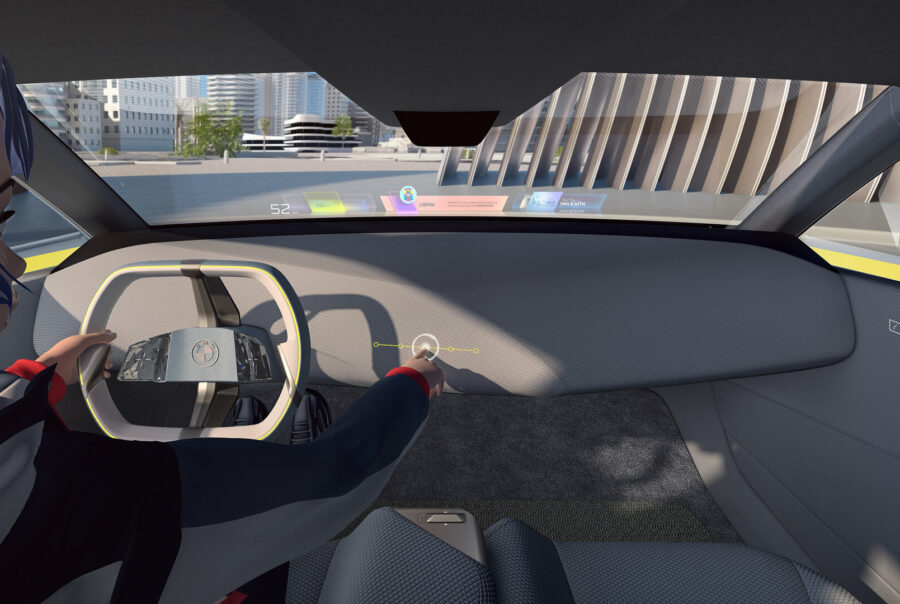We are entrepreneurs, doers, tech lovers. Although we are well aware of the Design Thinking and Lean Startup innovation buzz, there are many misconception about the extent to which it fosters innovation. In fact, it doesn’t. We decided to follow a different path. Let’s get to the bottom of the biggest accepted assumptions.
Pilotronik
innovation
innovation
innovation
innovation
innovation
innovation
innovation
innovation
Pilotronik is an innovation design studio. We dust off jargon and entrenched thought patterns from the process and approach innovation in a new, systematic way.
The pressure of the one all-changing idea
Innovation processes usually start with brainstorming sessions, whose participants are expected to come up with the one brilliant idea (or preferably several) that will change the company forever. However, big ideas are neither created at the push of a button nor in uninspired conference rooms.
Every idea, no matter how great, has one thing in common at the beginning: It is incomplete, unpolished and as such indistinguishable from bad ideas. So let’s take the pressure off people and give them the freedom to explore a problem space.
Embrace the uncertainty of not knowing (and not needing to know) the user
It started with business plans, today they are called Business Model Canvas. Those concepts suggest that the framework of an innovation can be defined even before the first step is taken. If your product, however, is nothing more than a vague hunch, how can you dare to know your customer.
Focusing on the user means (re)building an existing product. The truth is that true innovation involves risk and uncertainty. The only way to counter this is to take it one step at a time. The rest – including the user – will fall into place eventually.
The temptation of outsourcing responsibility
Most innovation processes recommend launching products as Minimum Viable Versions with just enough features, and then developing them further based on user feedback. This implicitly assumes that the user has both the knowledge and the capability to develop the product. He doesn’t.
MVPs involve confirmation biases. Instead of wanting to have one’s own hypothesis confirmed, assertions should be verified not validated—and in the best case proven wrong. The learning effect is all the greater engaging in trial and error. Investigating what went wrong, can be fixed.
In pursuit of magic 🪄
We systematically explore prototype trial-error build teach innovation.
Principles
With great admiration for Dieter Rams Ten Principles of Good Design we have written our manifesto of what good innovation means.
Good innovation creates something new.
It transforms what exists in anticipation of the future.
01
Good innovation aims for improvement.
Driven by the belief that it is possible to make a change for the better.
02
Good innovation solves a real-world problem.
It starts with a problem that is solvable, recognisable, and verifiable.
03
Good innovation is tangible.
Downscale to the resources available at the time to take the next step.
04
Good innovation embraces failure.
Trial and error and learning from it—in the most childlike of notions.
05
Good innovation is about action.
Focus on building, not predicting.
06
Good innovation seeks truth.
Not biased confirmation.
07
Good innovation copes with risk.
Constant de-risking helps to survive the good and kill the bad (as quickly as possible).
08
Good innovation is an attitude.
It lives with the ignominy of the marginalised and the insane.
09
Good innovation pays off.
Because it builds structures for innovation along the way.
10
Big Questions
The world is facing major challenges. Solving them through innovation and with the help of technology is not only exciting and challenging, it is meaningful and purposeful. We focus in particular on projects that address one of the following problems.
© 2024 Pilotronik.



